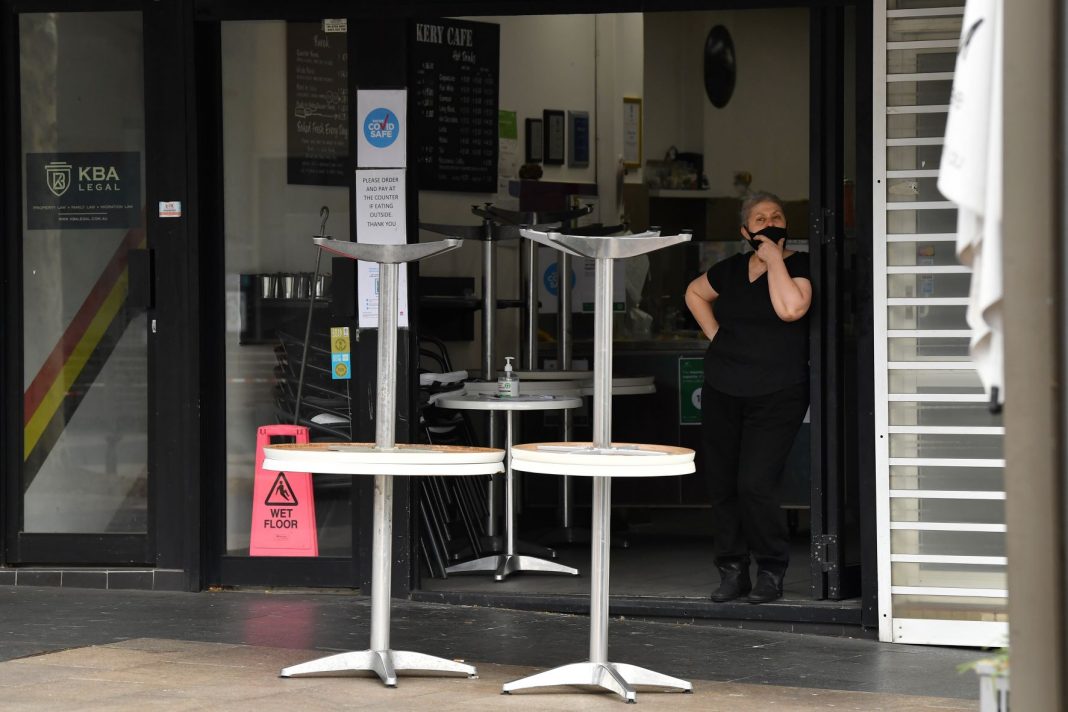Haircuts that’ll never happen, purchases that can’t happen yet and other spending halted under NSW’s lockdown are contributing to a 10 per cent contraction of the state economy.
NSW Treasury estimates the direct cost of restrictions on mobility and gathering was about $1.3 billion a week at the end of July – when most of regional NSW was yet to experience any lockdown.
Construction had also recently returned from a two-week closure, which Business NSW says may have cost as much as $1.4 billion on its own.
“This lockdown is much more severe and is having a larger economic impact on businesses than the first lockdown at the beginning of the pandemic,” Business NSW chief executive Daniel Hunter told AAP.
One in five businesses surveyed said they only had cash flow to survive a month.
“People haven’t just lost their revenue – they’re having to service debt, service payroll,” he said.
“Now there is government support but obviously that will never cover the gap completely.”
AMP Capital Chief Economist Shane Oliver said some spending would flow once restrictions ease, but some revenue has been lost forever.
“I’ve missed out on two haircuts, and my hairdresser won’t get that money,” he told AAP on Tuesday.
“But if there’s something I have been waiting to inspect, that (purchase) may occur after lockdown. All that pent-up spending that comes out at the end.”
His estimates suggest the lockdown, scheduled to end no earlier than late September, will cost at least $16 billion to the NSW economy.
That would result in a 10-per-cent dive from the March quarter (the latest available).
About the same amount was being pumped in through government support, Mr Oliver said.
Nationwide, taking in lockdowns in Victoria and ACT and cross-border activity, the total costs exceeds $25 billion.
But taking no action would have caused a cost too in economic, health and social terms.
“Arguably, (doing nothing) would have led to people self-distancing anyway, like in Sweden,” Mr Oliver said.
“If you add in the cost of people dying, you could argue doing the lockdown is better economically than not doing it.”
About one in every three NSW residents aged over 15 is now fully vaccinated, with minds turning to what restrictions may ease for that cohort of 2.1 million people.
Mr Hunter, pointing to the reopening of the construction sector in late July, suggested the government consider easing restrictions on outdoor dining or retail in specific areas.
“What needs to be looked at carefully is where transmission is occurring. Transmission is largely occurring in households,” he said.
“There is a lot that can be done in a COVID-safe way, particularly if staff and customers are vaccinated.”
AAP



